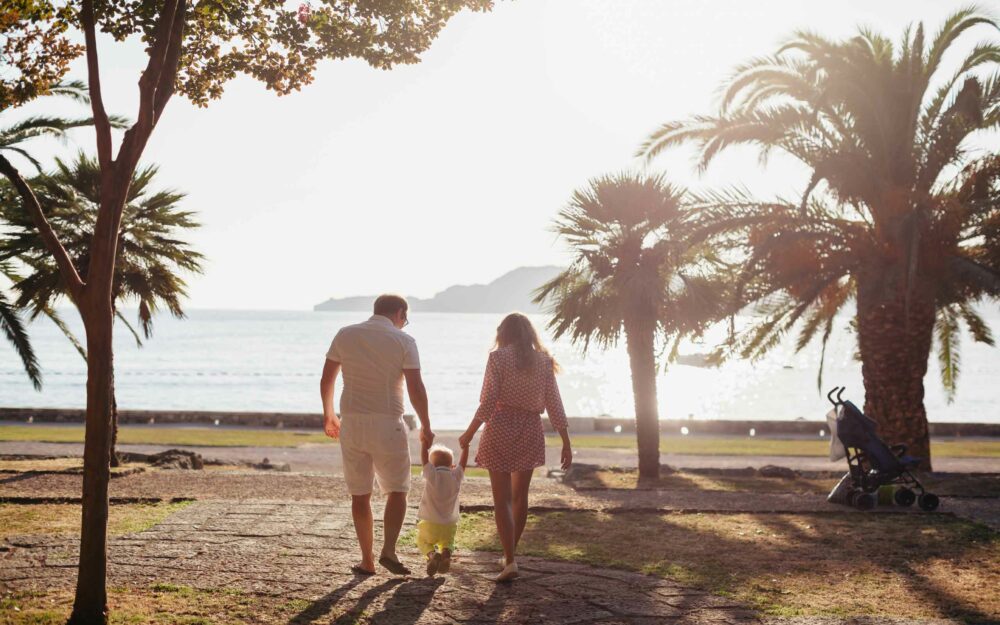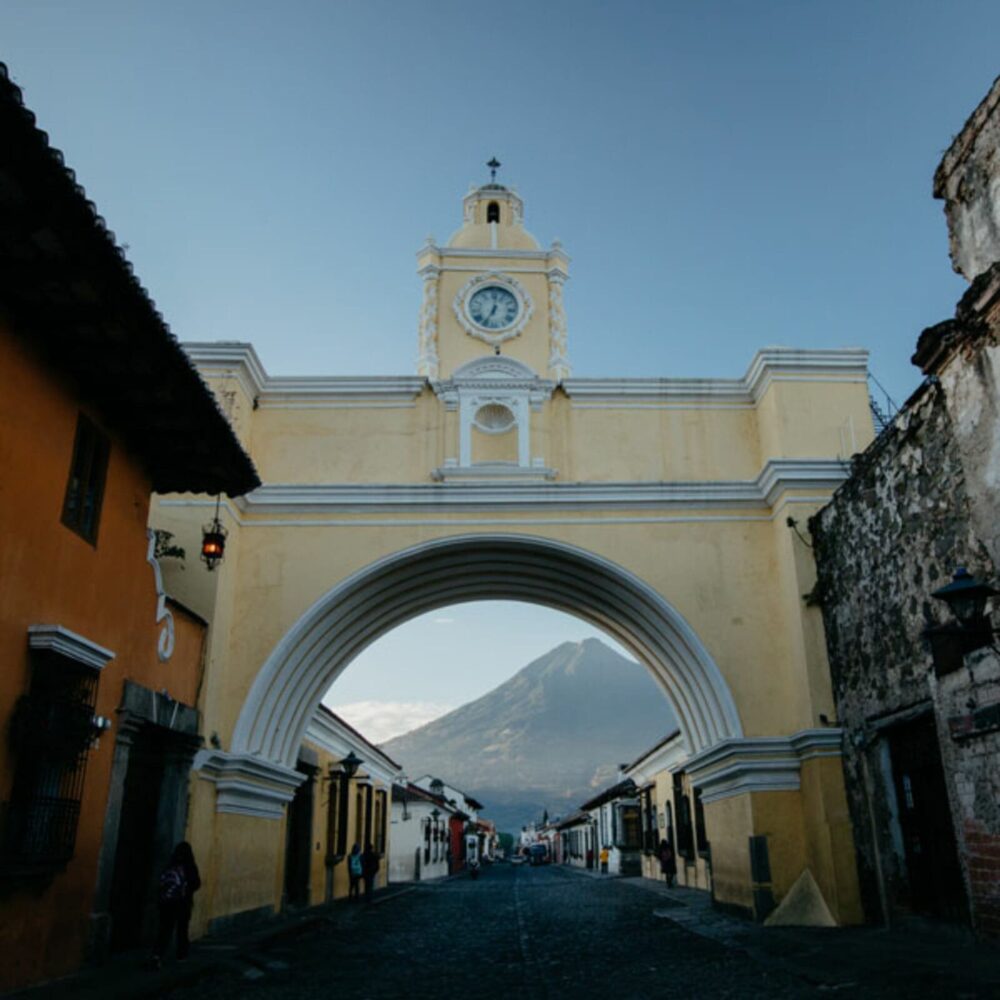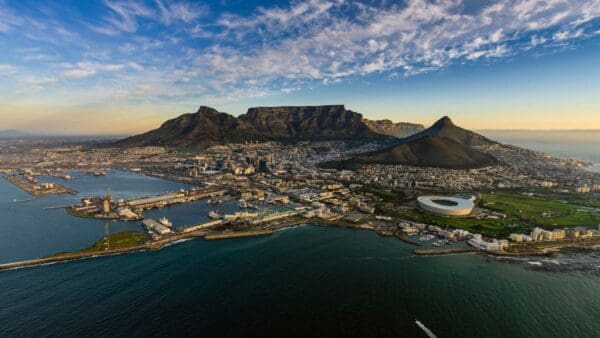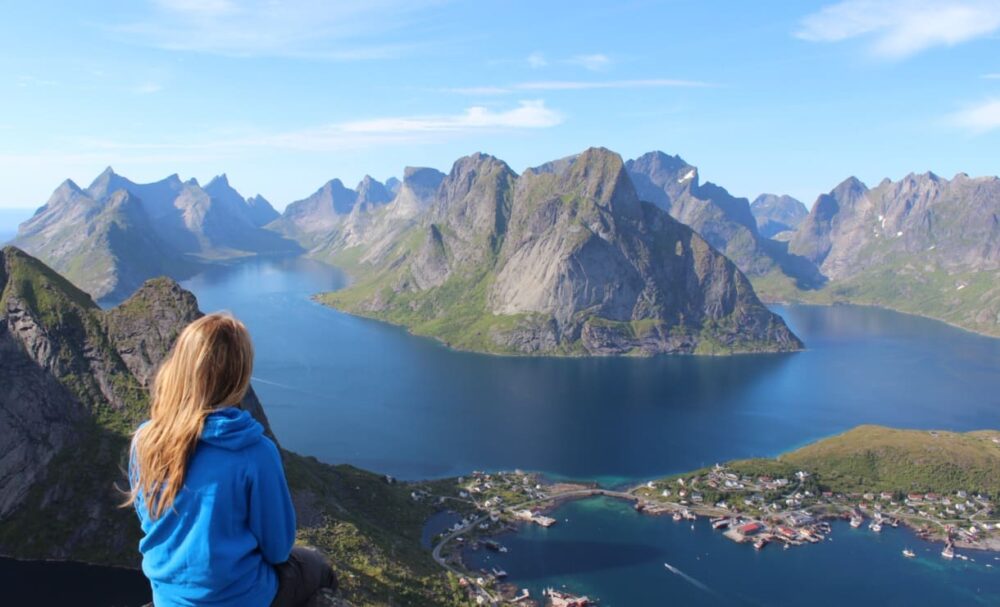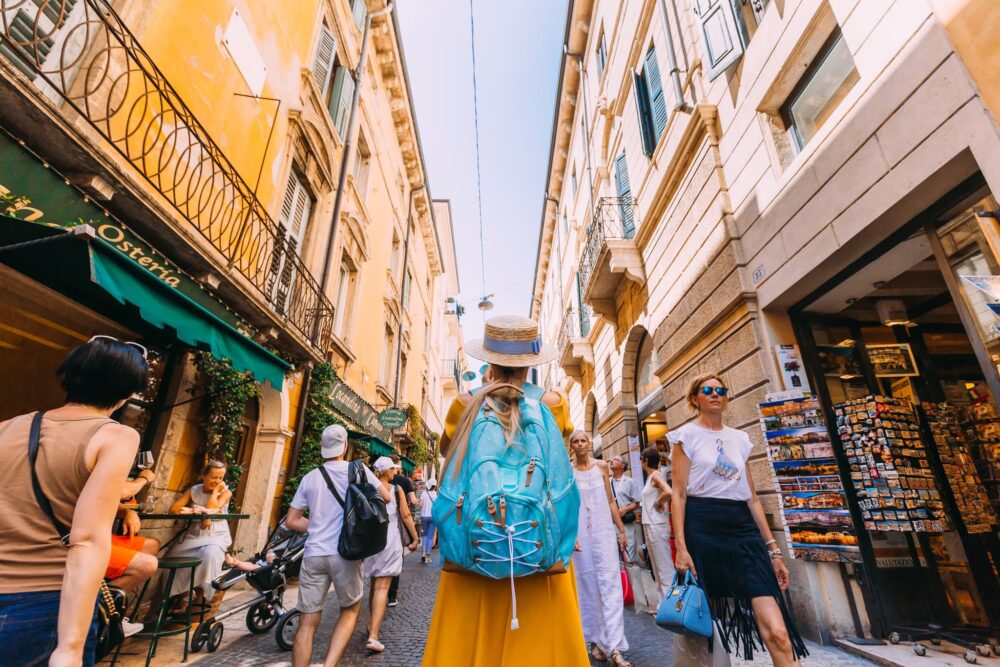* 90% of people in Peru belong to the Roman Catholic religion.
* The literacy rate in Peru is 90.9% which is impressive for a country with so much poverty.
* Peru was the homeland of the Inca Empire until 1533 when it was taken over by Spanish conquistadores.
* Peru ranked 79 out of 177 countries in the UN Human Development Index in 2005. This was an improvement of 6 places since 2004’s ranking of 85.
* Peru’s most famous sport is Soccer, but they also enjoy tennis, surfing, beach volleyball, and sailing.
* In west Peru there are some desert lands, where in the east it is a very tropical climate
* Peru’s natural resources are silver, gold, copper, timber, fish, petroleum, coal, iron, ore, phosphate, potash, hydropower, and natural gas.
* Peru has to deal with natural disasters such as earthquakes, tsunamis, flooding, volcanic activity, and mudslides.
* Peru is home to the famous Lake Titicaca.
* Peru is roughly the size of Alaska.
* Peru has roughly 1,500 miles of coastline on the Pacific Ocean.
* The city of Caral has pyramid remains dated to between 2000 and 2600 B.C. This means Caral may be the oldest city on Earth.
* The Incan Empire was based in Peru, with the famous Machu Picchu in the Andes being the best known location. It was discovered in 1911.
* Spain ruled Peru for nearly three hundred years starting in the early 16th century.
* Spain introduced Christianity to Peru and forced locals to take Spanish names.
* Peru was the last Spanish colony in South America.
* Lima is the capital of Peru.
* Peru achieved independence from Spain on July 28, 1821.
* The climate varies from tropical in the east to dry desert in the west and temperate to frigid in the Andes.
* 54 percent of people in Peru live below the poverty line.
Facts taken from onlineroom.blogspot.com




Pictures taken by Alison Franklin

